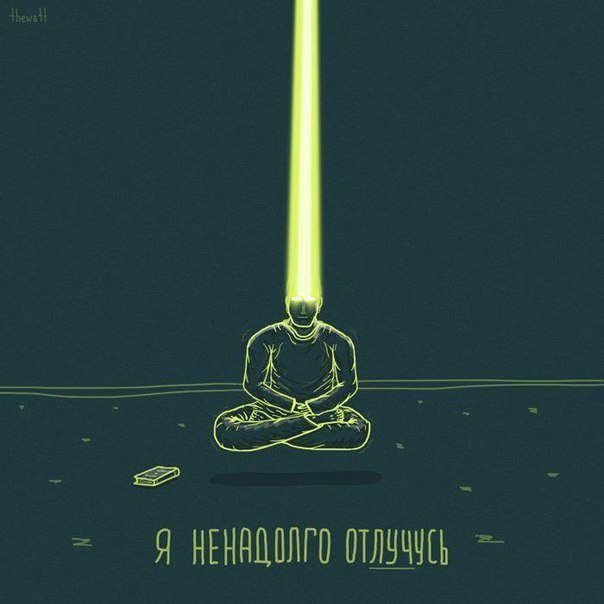Trance in Mysticism and Psychology: What’s the Difference?
In recent years, the concept of trance has become extremely popular. Many people use the term frequently, sometimes without fully understanding its meaning. For most, trance is associated with various mystical teachings such as esotericism, yoga, magic, and other practices that, in their view, are little more than a way to pass the time or seek entertainment.
Generally speaking, trance can be described as a state where a person disconnects from reality. This is true whether you approach it from a mystical or scientific perspective. In fact, trance is also a scientific term that refers to an altered state of consciousness. While mysticism and science are worlds apart, the phenomenon itself is recognized in both fields. So, what’s the difference between trance in yoga or mysticism and psychological trance?
The Main Difference
The key distinction lies in the purpose and use of trance. In psychology, trance is a tool that helps people significantly increase their effectiveness, overcome persistent problems, and improve their lives or health. Stepping out of reality in this context allows the brain to focus more intensely on tasks such as writing articles, generating ideas, or composing music. When in a trance, the right hemisphere of the brain becomes more active, serving as a gateway to the unconscious. This helps individuals tap into the informational field, break mental patterns, and create something new.
In mysticism, however, trance is often about disconnecting from reality for its own sake. People talk about how “amazing” the experience was, suggesting that, in popular usage, trance is seen less as a productivity tool and more as a form of entertainment. To be fair, if someone enjoys the process, it’s a form of recreation—there’s nothing inherently negative about that.
How Trance Works
During trance, the entire brain is engaged in achieving the person’s goal. For example, in yoga, the imagination center in the brain is highly stimulated. This is why people in mystical communities often claim to have seen spirits or other supernatural phenomena. In reality, they likely experienced vivid products of their own imagination, but because they were in a deep trance, they lost the ability to distinguish fantasy from reality—they had almost completely stepped out of the real world.
Conclusion
In essence, both mysticism and psychology use the term “trance” to describe the same phenomenon. The difference lies in the intention behind entering this state. In mysticism, trance is pursued for pleasure, while in psychology, it’s used to boost personal productivity and effectiveness.
To put it simply, entering a trance can be as easy as letting go of all distractions in your mind that prevent you from fully concentrating and working. There’s no need for chanting “om” or any other rituals.



